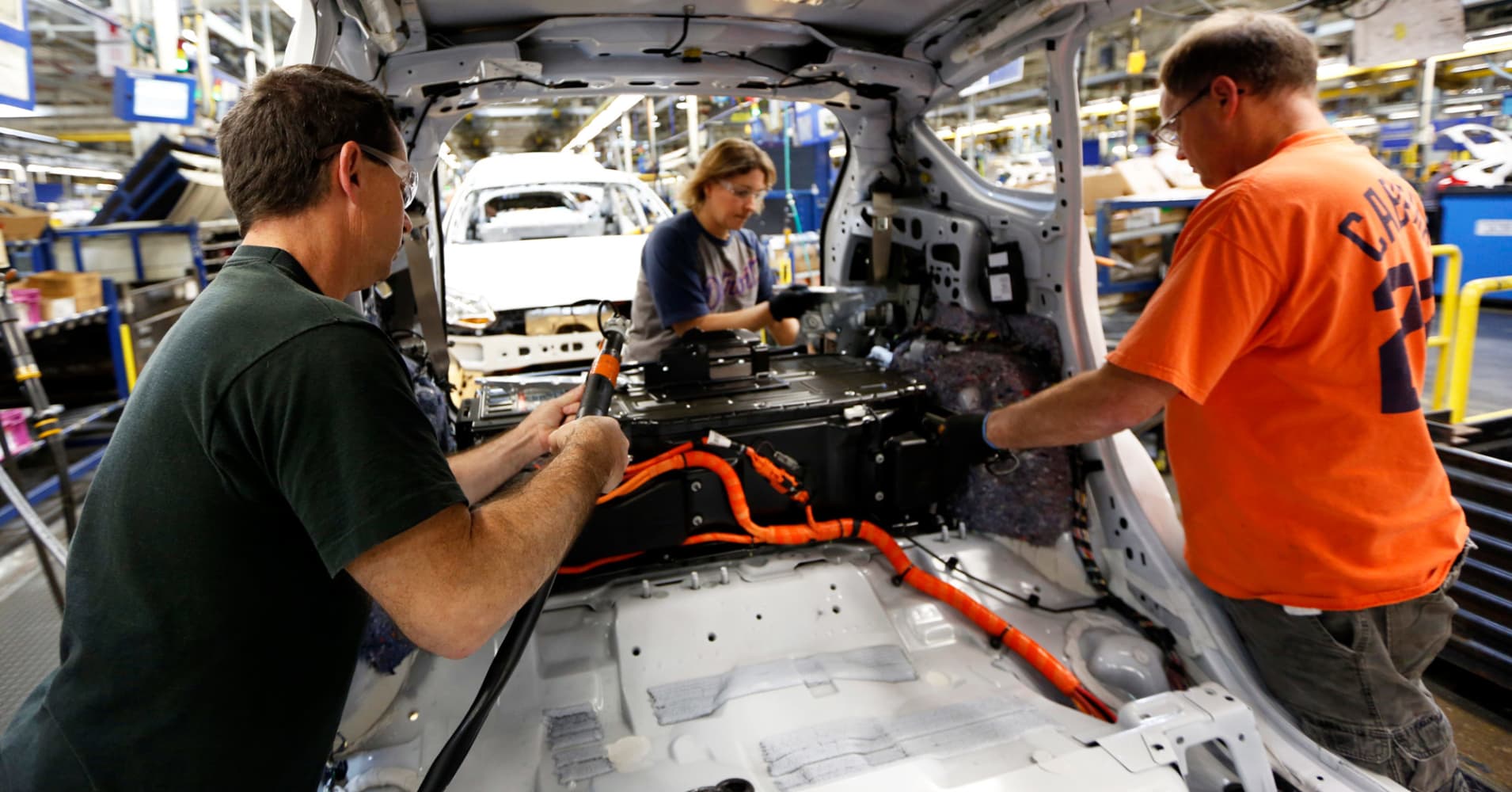
Job creation skewed to services-related industries, which added 132,000, while goods producers grew by 29,000, the lowest increase since March. Government jobs declined by 6,000.
Health care and professional and business services added the largest number of workers with 32,000 apiece. Manufacturing rose by 27,000, while transportation and warehousing contributed 25,000.
Heading into the holiday season, retail jobs edged higher by 18,000, though clothing stores reported a net decline of 14,000. Electronics and appliances stores lost 11,000, as did sporting goods, hobby and book stores.
Those losses were offset by a jump of 39,000 in general merchandise stores and 10,000 for miscellaneous retailers.
The report comes amid questions over whether the above-trend growth in 2018, the best since the recession ended in mid-2009, can continue as fiscal stimulus fades and interest rates rise. Financial markets have been skittish lately, posting aggressive gains and losses, and the major indexes have been in and out of correction territory.
Policymakers at the Federal Reserve are watching the jobs numbers closely as they prepare for an expected interest rate hike on Dec. 19.
In addition to the November jobs report falling below expectations, October’s count was revised lower from an initially reported 250,000 to 237,000. September’s total was revised up from 118,000 to 119,000.
Those considered not in the November labor force rose by 60,000 to 95.94 million. However, the size of the labor force also grew by 133,000 to 162.77 million. On net, the labor force participation rate was unchanged at 62.9 percent.
Be the first to comment